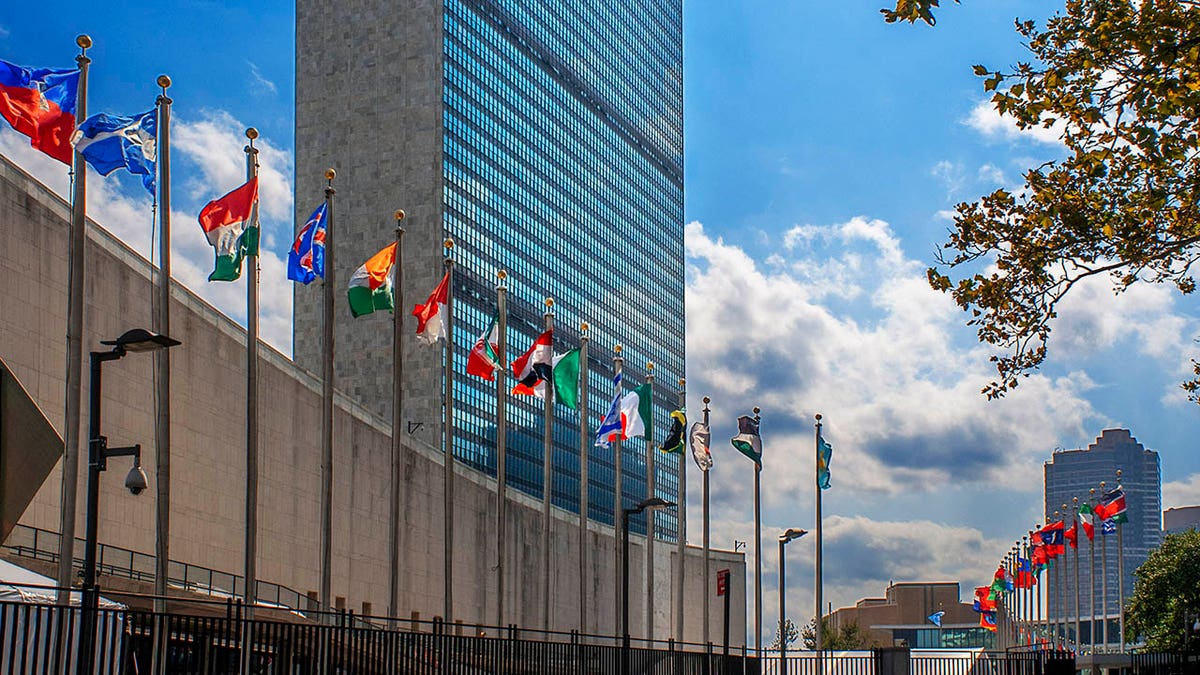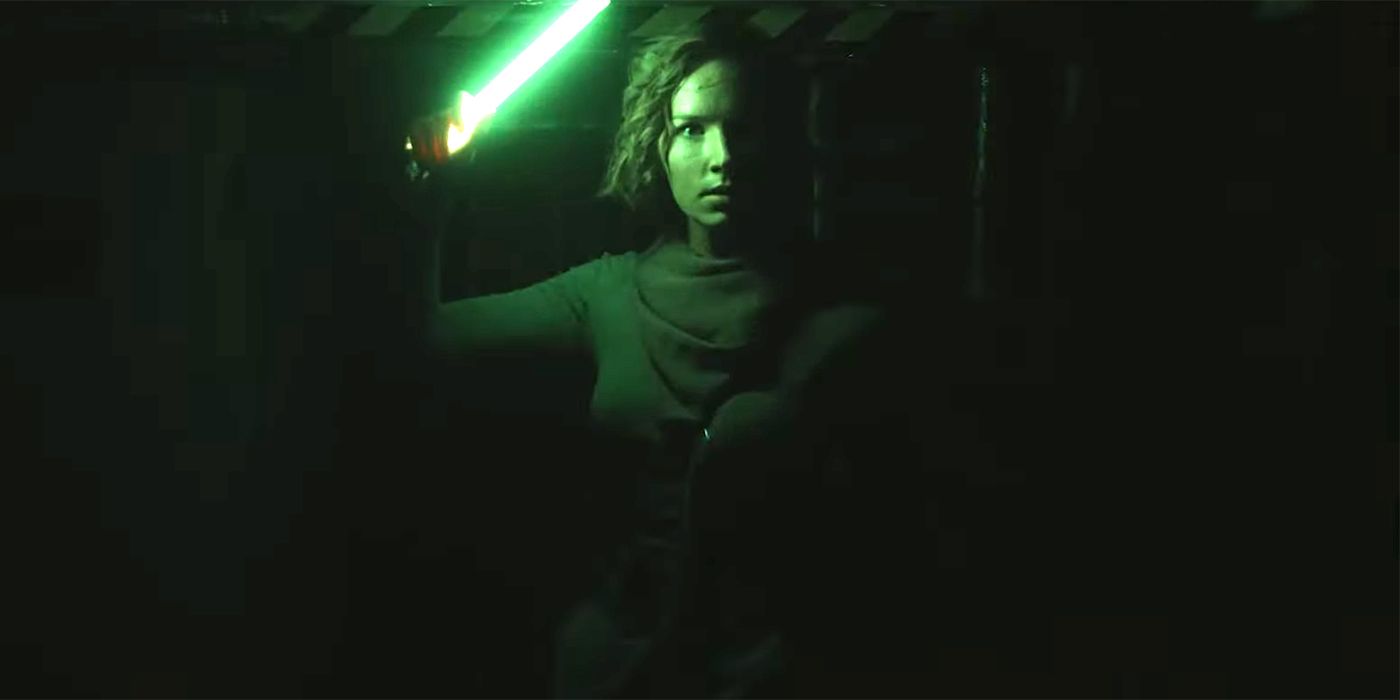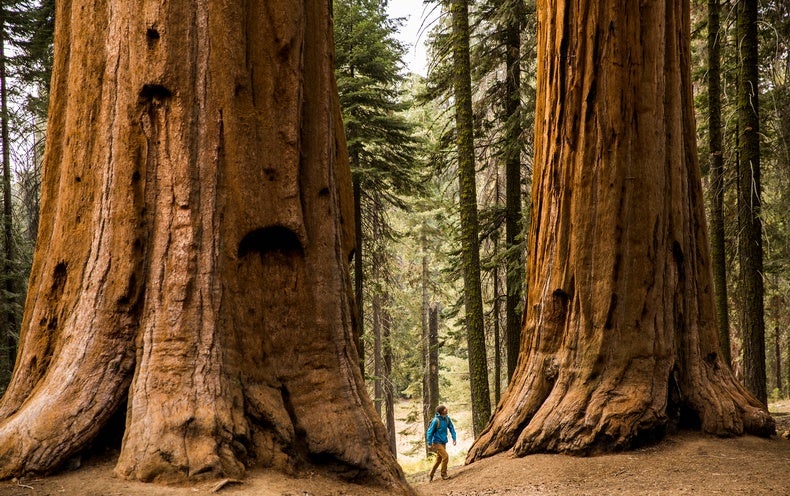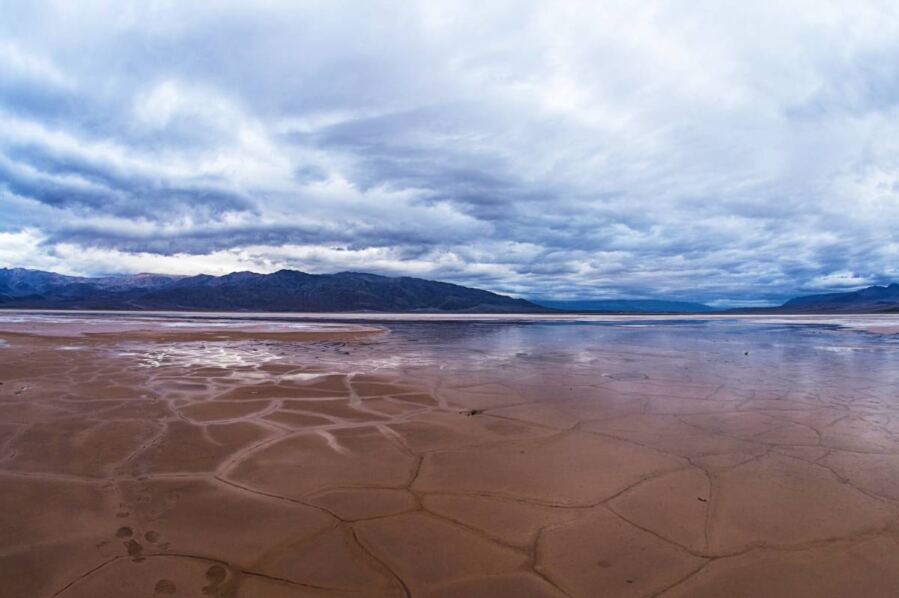Tiny cilia on coral reef polyps coordinate to generate currents that run across the reef surface, perhaps to carry food to all colony members
Environment
12 May 2022
Reef-building coral may feed more efficiently by using tiny hair-like structures to generate food-carrying conveyer belts in the water running across their surface.
Corals that form reefs consist of thousands of tiny animals called polyps, each with a mouth surrounded by soft tentacles.
The surface of each polyp is covered in tiny hairs called cilia. Previous studies have found that the polyps can use their cilia to generate vertical currents that lift water – and anything that is suspended in it – up and away from the reef surface. This is thought to help remove potentially harmful microbes and debris from the coral surface, and possibly also draw food down towards the coral.
Now, researchers have taken a look at another form of current the cilia generate: horizontal currents that carry seawater and coral mucus across the reef surface. They found that these currents connect the mouths of individual polyps to each other.
Coral polyps produce conveyor belts of mucus Igor Adameyko/Medical University of Vienna
“This study really came out of the blue. We were originally adding fluorescent beads to coral surfaces for another experiment and noticed they started to move in an interesting way,” says Igor Adameyko at the Medical University of Vienna. “So we followed this up and found that, in every coral we tested, there were these horizontal currents that connect the individual polyps into one organism, which would allow polyps to share food [such as plankton].”
Adameyko and his colleagues conducted their research on corals in the Caribbean and Australia’s Great Barrier Reef. They added fluorescent beads or black charcoal particles to the surfaces of several coral species and took videos of the particle movements for around 10 minutes. By creating a model of how the beads and particles moved, they found that each coral species formed a unique arrangement of mucus-carrying currents at its surface.
“[We think] the coral wants to coordinate polyps so that if one polyp didn’t catch the food, the food can be transported to the next one using these horizontal routes,” says Adameyko.
The researchers also found that the currents flowed in such a way that individual polyps would mainly share food with neighboring polyps.
“We show each polyp has dedicated regions from which they collect particles to feed, which reduces the competition for food between the polyps overall,” says Adameyko.
However, further work is needed to confirm the polyps really do benefit nutritionally from these currents, as this study only assessed the flow of non-edible beads and particles, rather than food.
Although the research is at an early stage, having a better understanding of how corals work and feed may eventually help with conservation efforts, says Adameyko.
Journal reference: Current Biology, DOI: 10.1016/j.cub.2022.04.054
More on these topics:


























































